
How to Use terminal block tb1503: Examples, Pinouts, and Specs
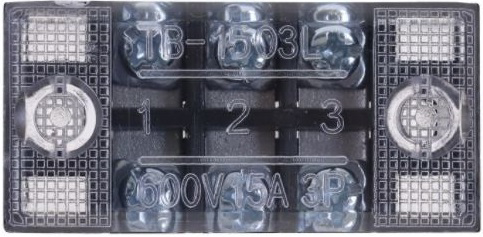
 Design with terminal block tb1503 in Cirkit Designer
Design with terminal block tb1503 in Cirkit DesignerIntroduction
The Terminal Block TB1503 is a modular connector designed to connect and secure multiple electrical wires in a safe and organized manner. It features screw terminals that ensure reliable and durable connections, making it ideal for both temporary and permanent installations. The TB1503 is widely used in electrical panels, control systems, and industrial automation due to its ease of installation and maintenance.
Explore Projects Built with terminal block tb1503
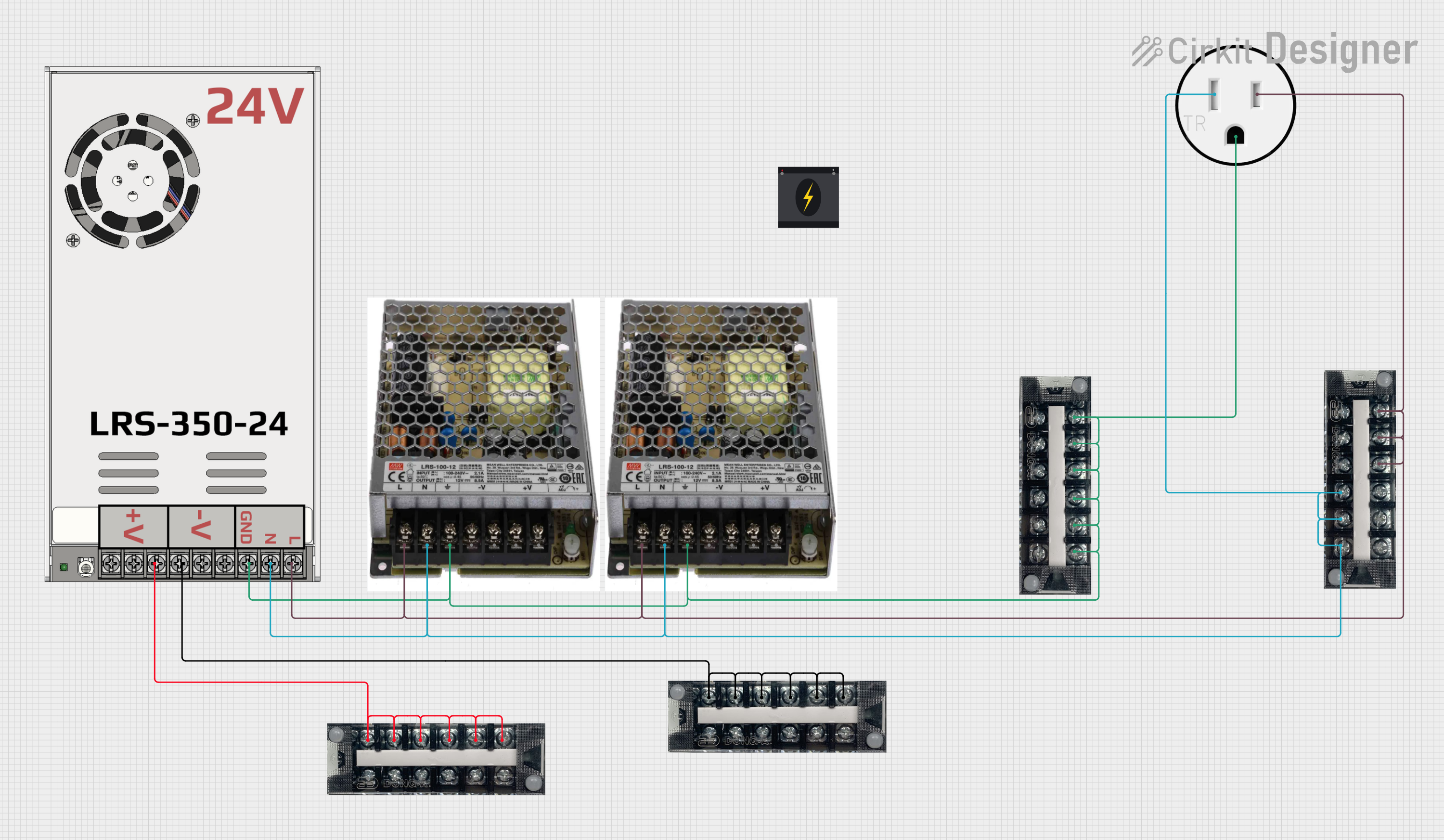
 Open Project in Cirkit Designer
Open Project in Cirkit Designer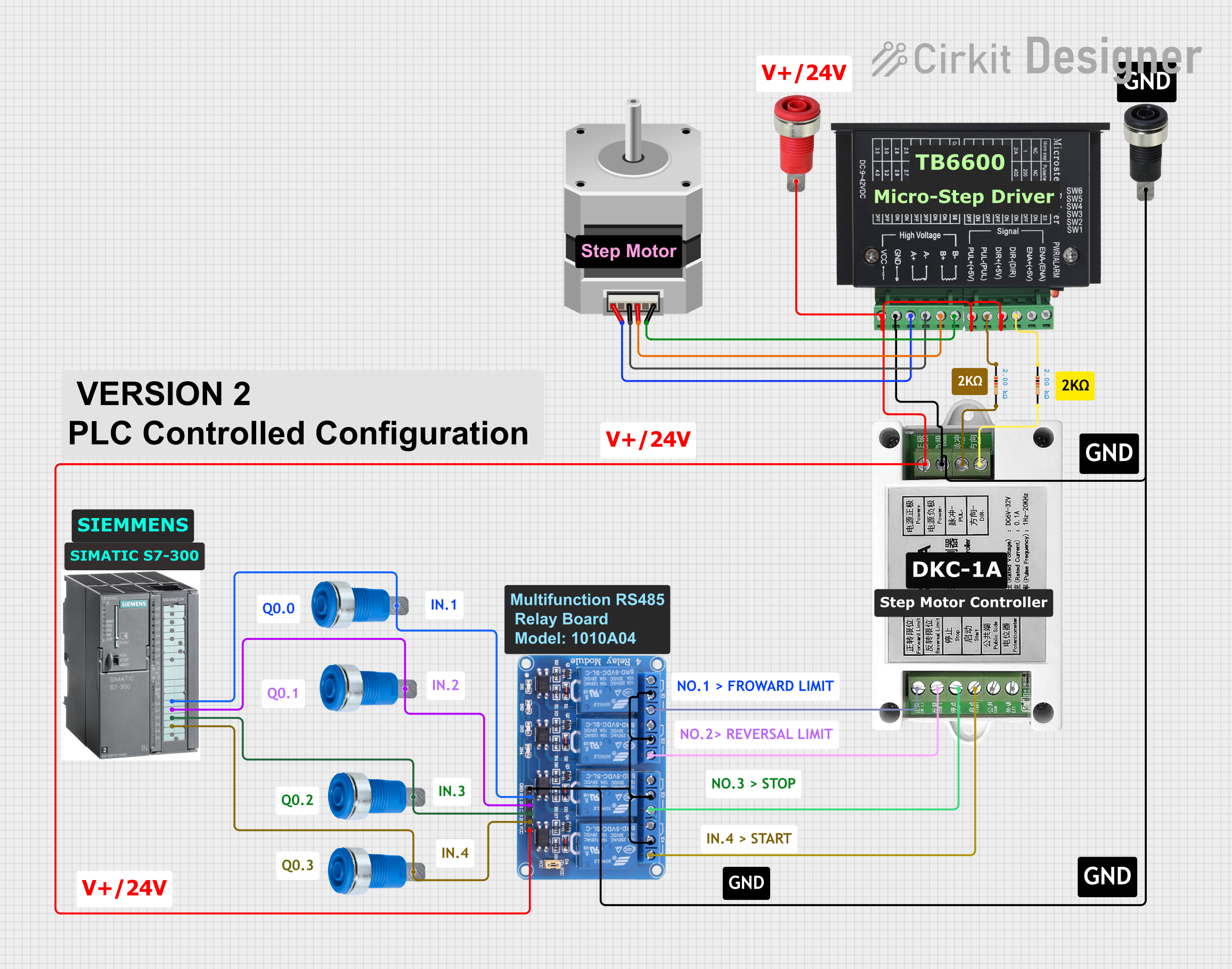
 Open Project in Cirkit Designer
Open Project in Cirkit Designer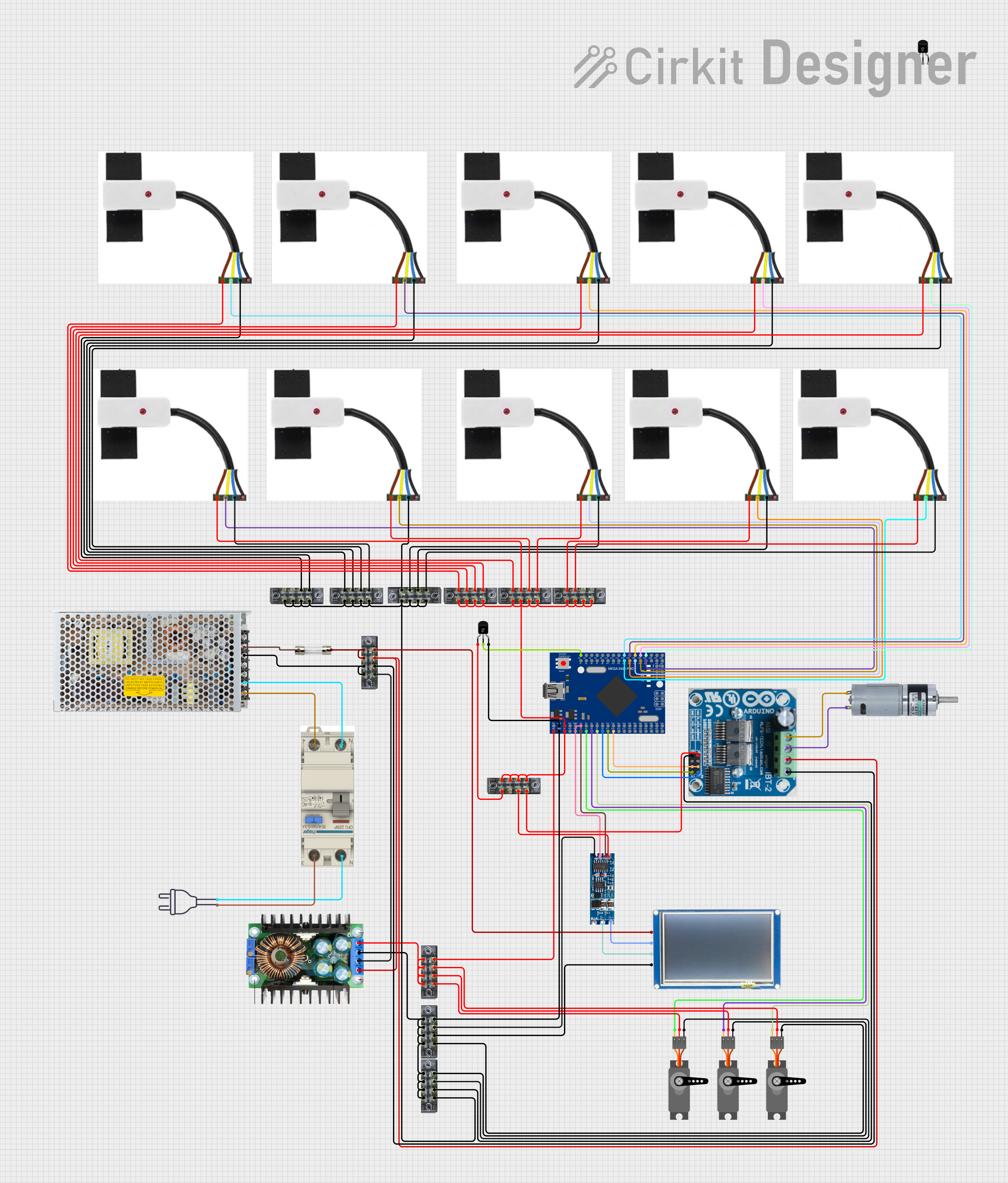
 Open Project in Cirkit Designer
Open Project in Cirkit Designer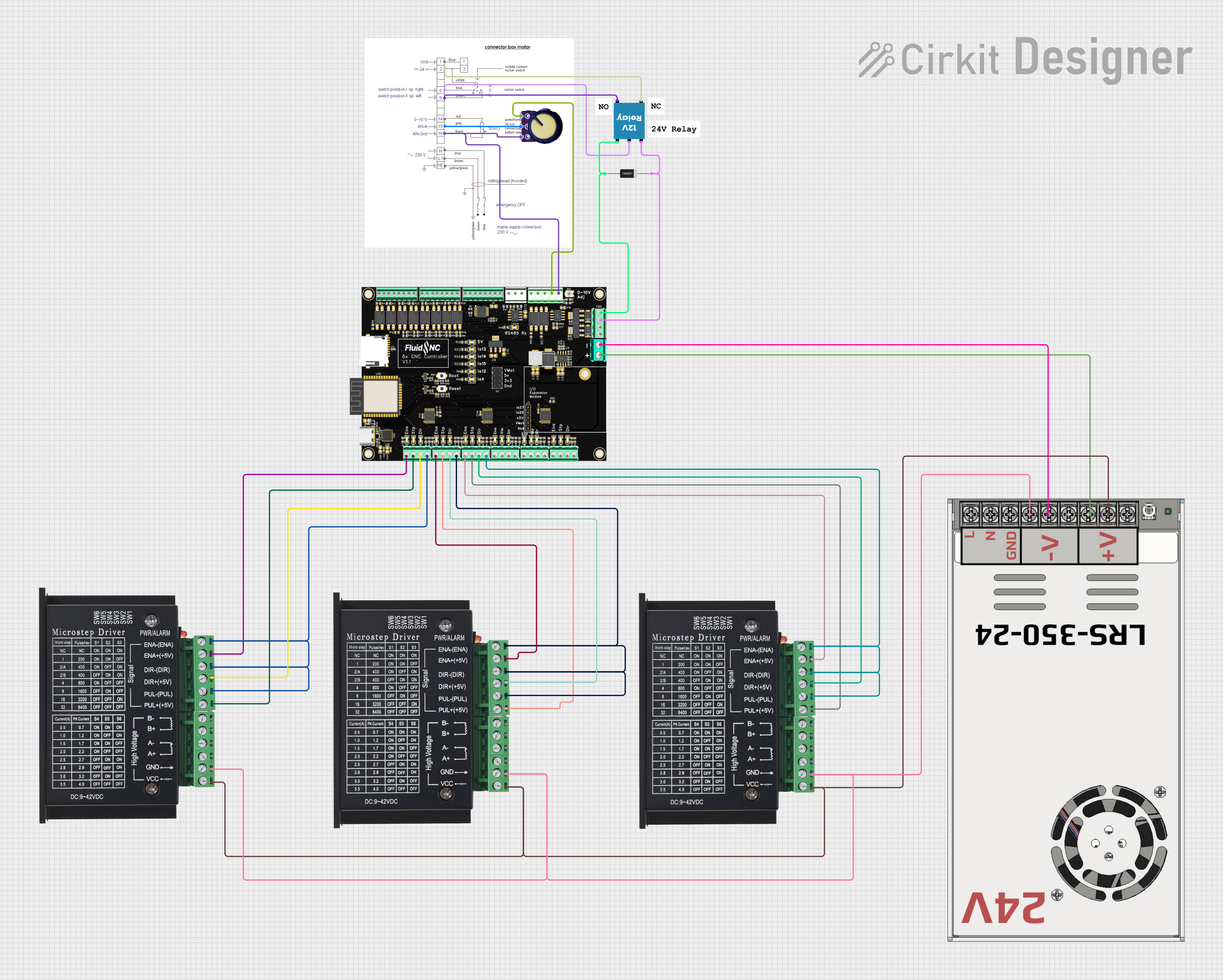
 Open Project in Cirkit Designer
Open Project in Cirkit DesignerExplore Projects Built with terminal block tb1503

 Open Project in Cirkit Designer
Open Project in Cirkit Designer
 Open Project in Cirkit Designer
Open Project in Cirkit Designer
 Open Project in Cirkit Designer
Open Project in Cirkit Designer
 Open Project in Cirkit Designer
Open Project in Cirkit DesignerCommon Applications and Use Cases
- Electrical distribution panels
- Industrial control systems
- Home automation projects
- Prototyping and testing circuits
- Connecting multiple wires in a secure and organized manner
Technical Specifications
The following table outlines the key technical details of the Terminal Block TB1503:
| Parameter | Specification |
|---|---|
| Model Number | TB1503 |
| Number of Terminals | 3 |
| Rated Voltage | 300V |
| Rated Current | 15A |
| Wire Size Supported | 22-14 AWG |
| Material | Flame-retardant plastic (housing) |
| Terminal Type | Screw-type |
| Mounting Type | Panel mount or DIN rail compatible |
| Operating Temperature | -40°C to 105°C |
Pin Configuration and Descriptions
The TB1503 terminal block has three screw terminals, each designed to connect a single wire. Below is a description of the terminal layout:
| Terminal | Description |
|---|---|
| Terminal 1 | Connects to the first wire (input/output) |
| Terminal 2 | Connects to the second wire (input/output) |
| Terminal 3 | Connects to the third wire (input/output) |
Usage Instructions
How to Use the TB1503 in a Circuit
- Prepare the Wires: Strip the insulation from the ends of the wires you want to connect. Ensure the exposed wire length matches the terminal block's specifications (typically 5-7 mm).
- Loosen the Screws: Use a screwdriver to loosen the screws on the terminal block slightly. Do not remove the screws completely.
- Insert the Wires: Insert the stripped end of each wire into the corresponding terminal slot.
- Tighten the Screws: Secure the wires by tightening the screws. Ensure the wires are firmly held in place without damaging the strands.
- Mount the Terminal Block: If required, mount the TB1503 on a panel or DIN rail using the appropriate mounting hardware.
Important Considerations and Best Practices
- Wire Size: Ensure the wire gauge is within the supported range (22-14 AWG) to avoid loose connections or damage.
- Tightening Torque: Do not overtighten the screws, as this may strip the threads or damage the wires.
- Insulation Check: Verify that no exposed wire is touching adjacent terminals to prevent short circuits.
- Environmental Conditions: Use the TB1503 within its rated temperature range and avoid exposure to moisture or corrosive environments.
Example: Connecting TB1503 to an Arduino UNO
The TB1503 can be used to connect external components, such as sensors or actuators, to an Arduino UNO. Below is an example of wiring a 5V relay module through the TB1503:
- Connect the 5V and GND pins of the Arduino UNO to Terminal 1 and Terminal 2 of the TB1503, respectively.
- Connect the relay module's VCC and GND wires to Terminal 1 and Terminal 2 of the TB1503.
- Use Terminal 3 to connect the relay's signal wire to a digital pin on the Arduino (e.g., pin 7).
Here is a sample Arduino code to control the relay:
// Define the pin connected to the relay module
const int relayPin = 7;
void setup() {
// Set the relay pin as an output
pinMode(relayPin, OUTPUT);
// Initialize the relay to the OFF state
digitalWrite(relayPin, LOW);
}
void loop() {
// Turn the relay ON
digitalWrite(relayPin, HIGH);
delay(1000); // Keep the relay ON for 1 second
// Turn the relay OFF
digitalWrite(relayPin, LOW);
delay(1000); // Keep the relay OFF for 1 second
}
Troubleshooting and FAQs
Common Issues and Solutions
Loose Connections:
- Issue: Wires are not securely held in the terminal block.
- Solution: Ensure the screws are tightened properly and the wire gauge is within the supported range.
Short Circuits:
- Issue: Exposed wires are touching adjacent terminals.
- Solution: Double-check the insulation and ensure no exposed wire is outside the terminal slot.
Overheating:
- Issue: The terminal block becomes hot during operation.
- Solution: Verify that the current does not exceed the rated 15A and that the connections are secure.
Wire Slippage:
- Issue: Wires slip out of the terminal block.
- Solution: Re-strip the wire ends and ensure they are inserted fully before tightening the screws.
FAQs
Q1: Can the TB1503 be used for high-frequency signals?
A1: The TB1503 is primarily designed for power and low-frequency signals. For high-frequency applications, consider using specialized connectors.
Q2: Is the TB1503 suitable for outdoor use?
A2: The TB1503 is not weatherproof. For outdoor applications, use an enclosure to protect it from moisture and environmental factors.
Q3: Can I connect more than one wire to a single terminal?
A3: It is not recommended to connect multiple wires to a single terminal, as this may compromise the connection's reliability and safety.
Q4: How do I mount the TB1503 on a DIN rail?
A4: The TB1503 is compatible with standard DIN rails. Use the built-in mounting clips or an adapter to secure it to the rail.
By following this documentation, you can effectively use the Terminal Block TB1503 in your electrical and electronic projects.